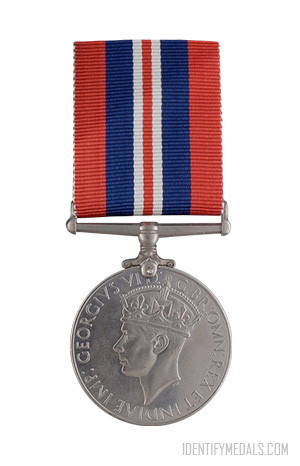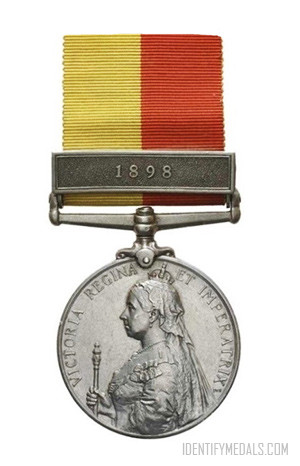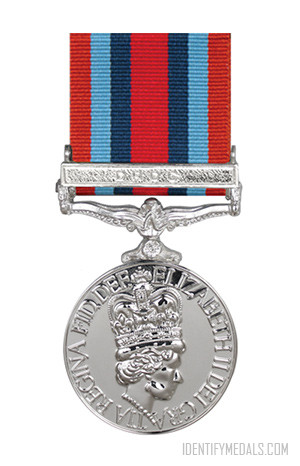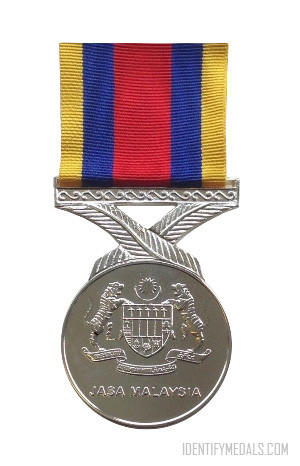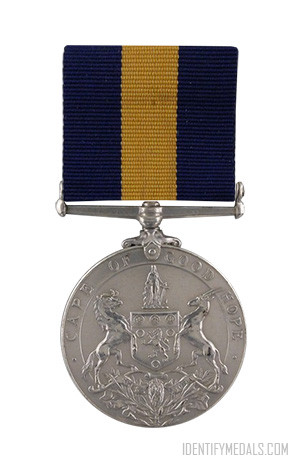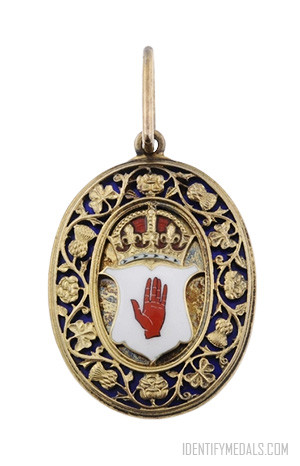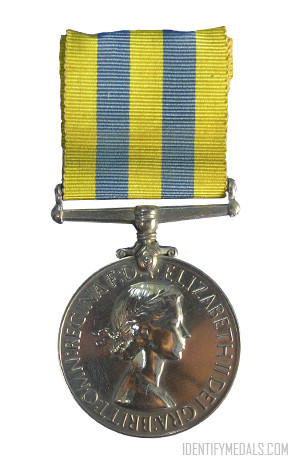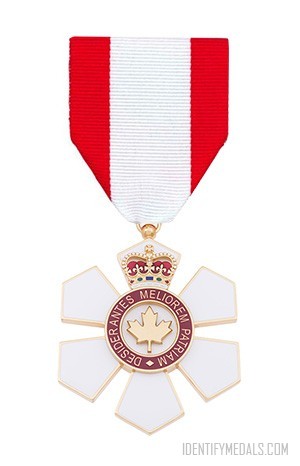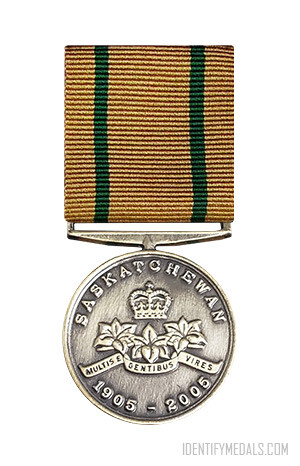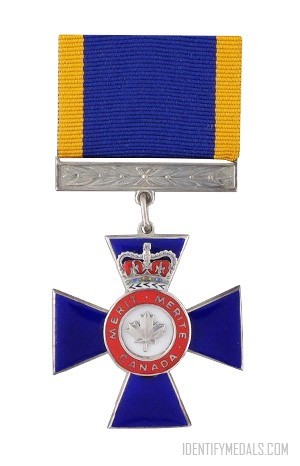- Time Period: World War II
- Institution: 16 August 1945
- Country: Great Britain, Australia
The War Medal 1939–1945 is a British campaign medal instituted by the United Kingdom on 16 August 1945. The medal was awarded to subjects of the British Commonwealth who had served full-time (28 days of service) in the Armed Forces or the Merchant Navy for at least 28 days between 3 September 1939 and 2 September 1945.
The medal was also available for subjects commissioned or enlisted into British Forces who had not received a similar award from their own Governments. Also eligible were full-time paid members of the specially approved colonial and other military forces, militarised police and militarised civilian bodies.
Personnel who were eligible for a campaign star but had had their service cut short by death, wounds or capture by the enemy, still qualified for the War Medal 1939-1945.
The War Medal 1939–1945 Design
The War Medal 1939–1945 is made of silver or cupro-nickel in the shape of a disk. It measures 36 millimeters (1.42 inches) in diameter. While the British issue medals were struck in cupro-nickel, those awarded in Canada were done in silver.
The obverse shows the crowned coinage effigy of King George VI, facing left and signed “PM” below the truncated neck of the effigy. Around the perimeter is the legend “GEORGIVS VI D:G:BR:OMN:REX ET INDIAE IMP:”.
The reverse shows a lion standing wanton on the body of a double-headed dragon. The dragon’s heads are those of an eagle and a dragon, to signify the principal occidental and oriental enemies during the Second World War. At the top, just to the right of center are the years “1939” and “1945” in two lines.
As with the other Second World War campaign medals, a no-engraving policy was applied by all but four British Commonwealth countries.
The ribbon features the colours of the British Union Jack and measures 32 millimetres wide (with a 6½ millimetres wide red band, a 6½ millimetres wide blue band and a 2 millimetres wide white band, repeated in reverse order and separated by a 2 millimetres wide red band).
Find This Campaign Medal
More WW2 British Campaign Medals
During World War II (1939–1945) British campaign medals were awarded to members of the British Armed Forces and civilians for active service in specific military campaigns or operations. These included:
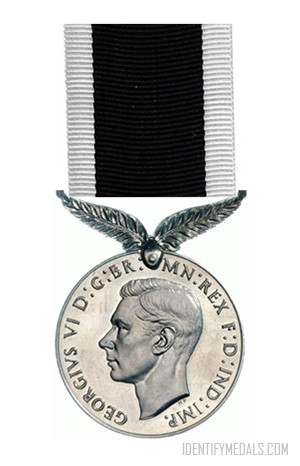
The New Zealand War Service Medal
The New Zealand War Service Medal (NZWSM) was awarded to members of the New Zealand armed forces and Reserves during WW2.
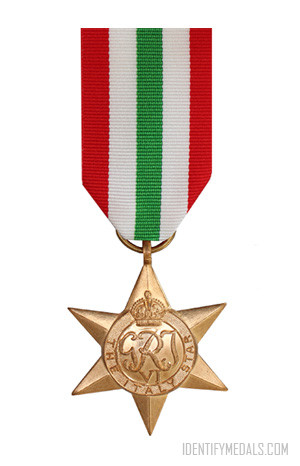
The Italy Star
The Italy Star is a military campaign medal, instituted by the United Kingdom in May 1945 for service in the Italian Campaign 1943 to 1945.
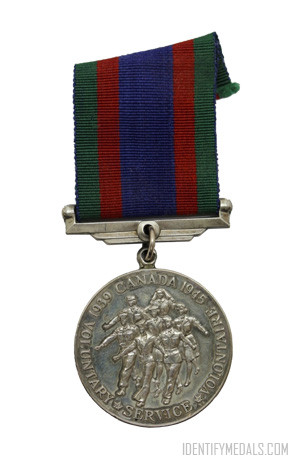
The Canadian Volunteer Service Medal
The Canadian Volunteer Service Medal is a British medal granted to persons of any rank in the Naval, Military or Air Forces of Canada.
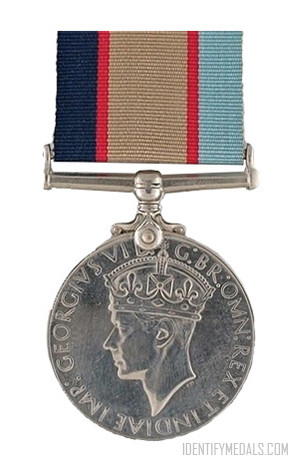
The Australian Service Medal 1939-1945
The Australia Service Medal 1939–1945 is a military medal (Great Britain, Australia) that recognizes service in Australia’s armed forces, Mercantile Marine, and Volunteer Defence Corps during World War II.
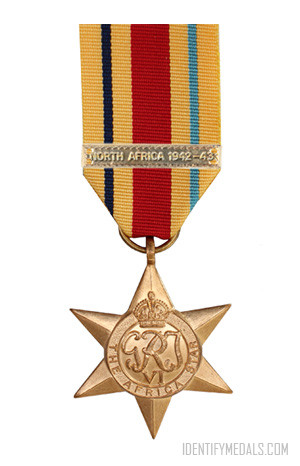
The Africa Star
The Africa Star is a military campaign medal awarded to those who served in the Second World War specifically in North Africa.
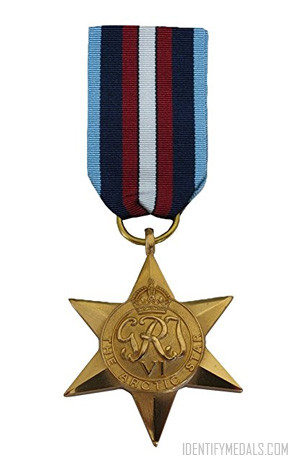
The Arctic Star
The Arctic Star is a military campaign medal which was instituted for service on the Arctic Convoys north of the Arctic Circle in WW2.
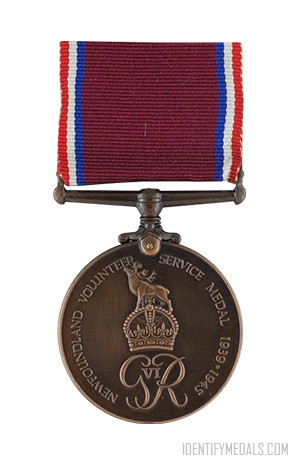
The Newfoundland Volunteer War Service Medal
The Newfoundland Volunteer War Service Medal was created to honor those from Newfoundland & Labrador who served in British Forces.
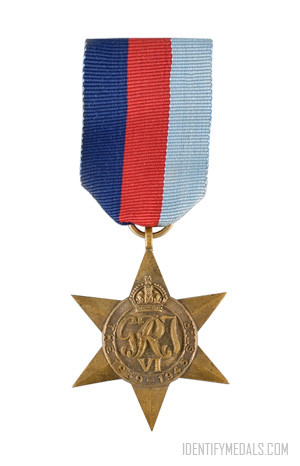
The 1939-1945 Star
The 1939–1945 Star is a military campaign medal instituted by the United Kingdom on 8 July 1943 for operational service overseas.

